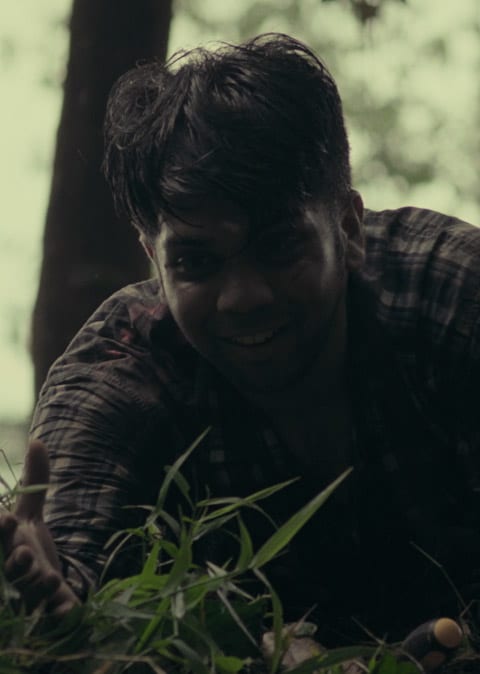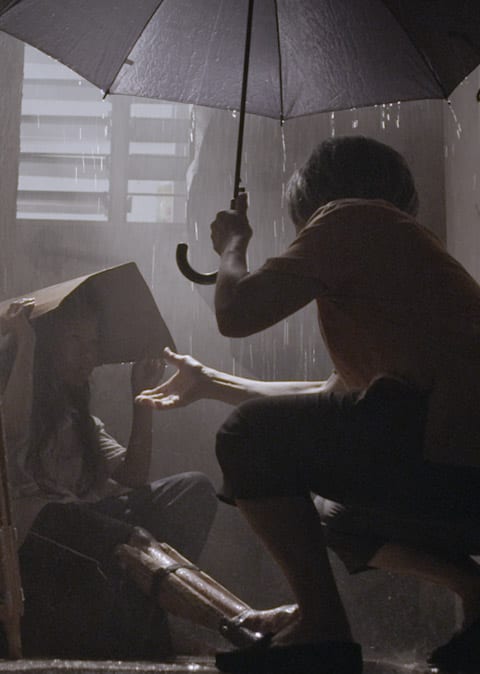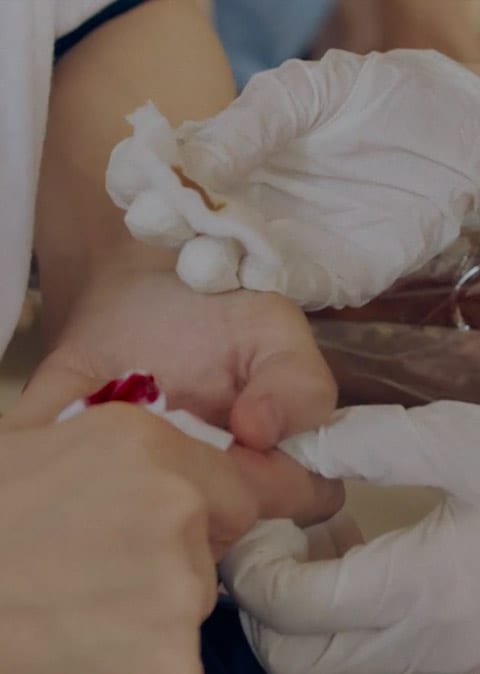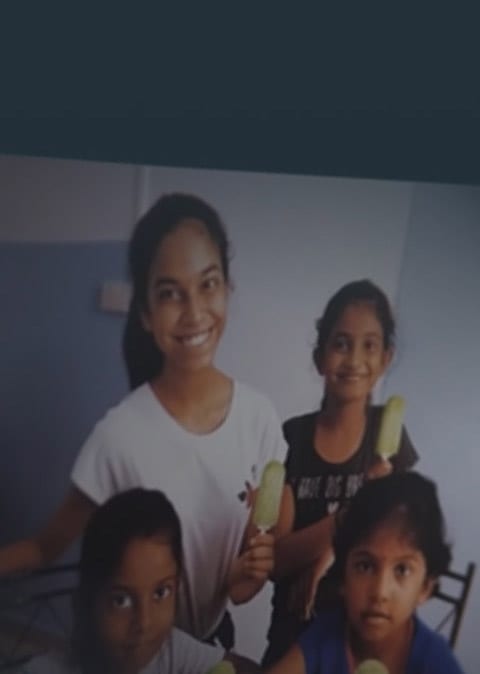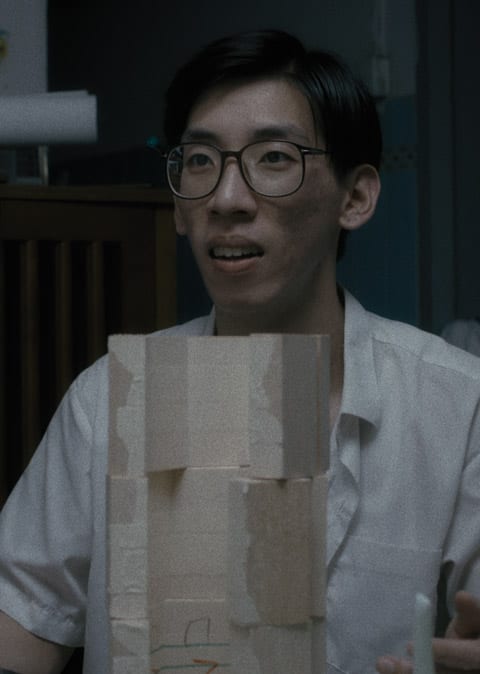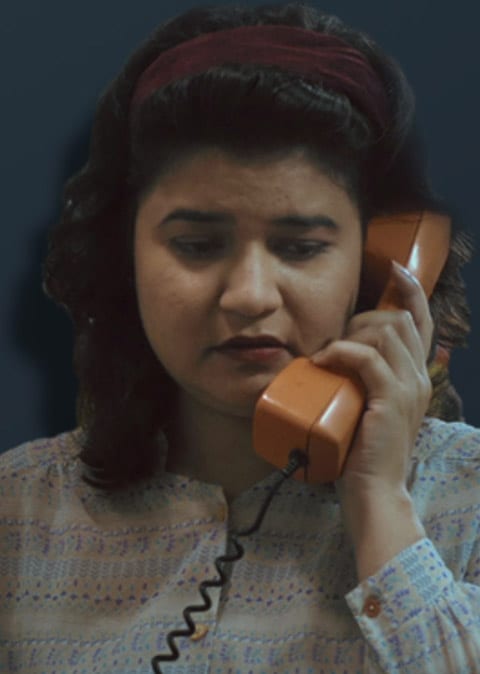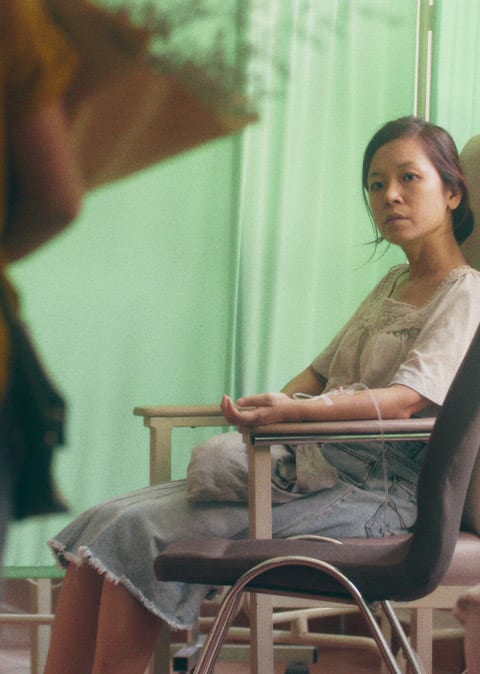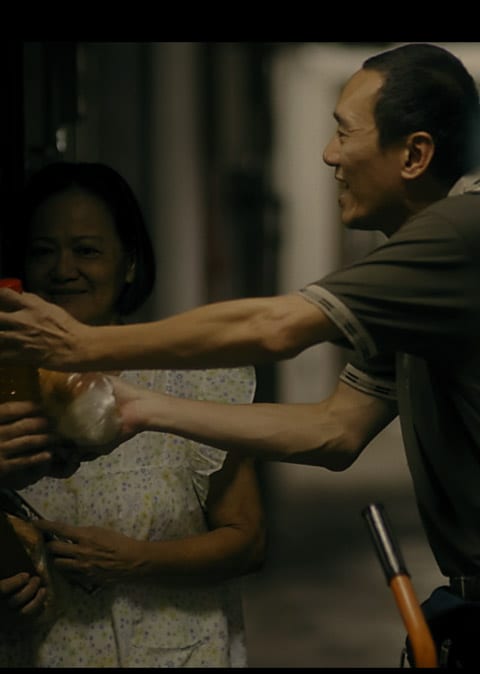In a world where childhood should be a time of joy, innocence, and boundless possibilities, a harsh reality persists: childhood maltreatment and its alarming connection to youth delinquency.
Childhood maltreatment encompasses a range of harmful experiences inflicted upon children, such as physical, emotional, or sexual abuse, as well as neglect of their fundamental needs and well-being. These traumatic encounters can have profound and enduring effects on the development, mental health and overall life trajectory of young individuals.
In addition, as reported by ChannelNews Asia, recent data from Samaritans of Singapore tragically reveals that suicide remained the leading cause of death for youths aged between 10 and 29 for the fourth consecutive year, with approximately a third of all deaths in this age group attributed to suicides. This distressing statistic highlights all the urgent need for attention and action to address the underlying issues that contribute to such devastating outcomes.
As such, preventing childhood maltreatment is essential not only for the well-being and future of individual children, but knowledge on preventing childhood maltreatment promotes positive social development and mental health, reducing the risk of delinquent behaviours.
I am Kousalya, a 23-year-old intern at National Volunteer & Philanthropy Centre and a National University of Singapore student majoring in Sociology, who feels strongly about the intricate relationship between childhood maltreatment and youth delinquency as it stands as a pressing issue that demands our attention.
As a youth striving to make meaningful impact and as a survivor of childhood maltreatment myself, I find myself drawn to this topic. It is within the crucible of my own experiences, witnessing the devastating consequences of maltreatment, that I have come to recognise the significance of unravelling this intricate relationship.
While not a delinquent myself (I hope), it is easy to see how childhood abuse of any sort can lead to an increasing necessity for attention and compassion and subsequently, an unfortunate and inevitable propensity towards delinquency.
However, there is hope to break this cycle – by understanding the link between childhood maltreatment and delinquency and subsequently, implementing effective prevention strategies.
Childhood maltreatment leaves deep scars that hinder the growth and potential of our young generation, extending far beyond the confines of our childhood homes. In 2021, a report on youth delinquency by the National Committee on Prevention, Rehabilitation and Recidivism (NCPR) reveals that children who experience maltreatment are more likely to engage in delinquent behaviours as they navigate adolescence.
By shedding light on this critical issue, we have the power to drive change and shape a society that prioritises the safety and well-being of our children and youths.
Strengthening Ties
The first step in ending childhood maltreatment and its connection to youth delinquency is to cultivate a culture of awareness, shining a light on this hidden epidemic and educating ourselves and others about its prevalence, signs, and consequences.
Fostering empathy and creating a supportive environment for survivors comes with understanding the impact of maltreatment. But how do we get the ball rolling?
One powerful strategy in preventing youth delinquency is to strengthen supportive relationships within families and communities. Positive parent-child interactions and healthy attachment bonds act as protective factors, reducing the risk of maltreatment and subsequent offending behaviours.
In an interview conducted by Youthopia, one such story is of food entrepreneur Hung Zhen Long – who is an example how parents can have profound influence on individuals. Zhen Long attributes his successful rehabilitation to the unwavering support of his parents. Their steadfast presence served as a solid foundation for him to break free from a life of delinquency and turned his circumstances around.
Parenting programmes such as the Positive Parenting Program (Triple P) from Families for Life offer a valuable framework for empowering parents to create nurturing environments for their children. By focusing on essential aspects such as effective communication, stress management, and discipline techniques, these programmes equip parents with the necessary tools to navigate the challenges of raising children.
Furthermore, community-based initiatives, such as mentorship programmes, co-curricular activities, and safe spaces for socialisation, provide a support network beyond the family unit.
In the same interview by Youthopia, it highlights law student Jadyn Ng as another example how transformative capacity by mentors can impact the lives of young individuals entangled in delinquency.
During his incarceration, Jadyn developed a fascination for jurisprudence and nurtured aspirations of pursuing a career in law, with a desire to foster a more accepting society for ex-offenders.
Recognising the profound impact of his journey, Jadyn credits his Yellow Ribbon mentor as an invaluable source of encouragement and support. Their unwavering belief in his dreams and desires played a pivotal role in shaping his path towards personal and professional growth.
Starting Early
According to the Youth Delinquency report by NCPR, by fostering positive peer associations and providing guidance from responsible adults, parenting and mentorship programmes offer a sense of belonging and reinforce prosocial behaviours.
Another strategy in preventing youth delinquency is early identification and intervention. A research article focusing on early childhood intervention programmes highlights the pivotal roles of schools, healthcare providers, and social services in recognising signs of maltreatment and promptly offering support.
An inspiring example as highlighted in another news report by ChannelNews Asia, can be seen through the actions of Mr Calvin Ong, a dedicated volunteer befriender at the Singapore Boys’ Home (SBH). Upon discovering that one of the residents at SBH was in trouble, Mr Ong proactively reached out to ensure the youth’s well-being. The genuine concern and support demonstrated by Mr Ong came as a surprise to the resident, deepening their connection and forming a strong bond.
His story shows how the implementation of trauma-informed care practices can positively impact the lives of vulnerable individuals, fostering trust, and nurturing meaningful relationships.
An alternative approach that focuses on repairing the harm caused by delinquent behaviour is restorative justice – this typically includes mediation, community service, and skill-building activities. These practices are part of a broader approach to conflict resolution, accountability, empathy, and healing.
Working Together
More often than not, collaboration between agencies and multi-disciplinary teams is key to restorative justice, where it facilitates the production of a comprehensive and effective response to delinquent youths’ needs. This collaborative approach enables the provision of specialised services and tailored interventions that address the unique challenges they face.
To further illustrate this, we have Danny, a youth diagnosed with Attention Deficit Hyperactivity Disorder (ADHD). According to the Delinquency Report by NCPR, Danny’s journey towards rehabilitation required the coordinated efforts of various parties, including his family and the Youth Home.
Regular multi-disciplinary team discussion played a crucial role in ensuring a shared understanding of Danny’s challenges, and clarifying his rehabilitation goals. Through this collaborative process, Danny gained increased confidence in managing himself, equipped with the skills he acquired along the way.
In addition, these interventions aim to reintegrate youth into the community, provide opportunities for personal growth, and help them develop prosocial behaviours and life skills.
By focusing on rehabilitation and providing support for youth to reintegrate into society, we give them the chance to transform their lives, break free from the cycle of violence, and become contributing members of their communities.
We can make a significant impact in supporting youth delinquents who have been burdened by a history of childhood maltreatment. Through talent and time, we can play a vital role in ensuring that each youth is healed from the disruptive effects of childhood maltreatment, creating a positive and transformative path for these individuals to thrive and find a brighter future.
Recognising children who are experiencing maltreatment can be challenging, but comprehending the signs can aid in their identification and potentially save a child from further harm. According to an article on AsiaOne, here are some guidelines:
- Look for observable, unexplained external injuries in the child.
- Notice any unusual behaviours such as frozen watchfulness, excessive aggression, or stealing or excessively consuming food.
- Pay attention to signs of extreme clinginess, attention-seeking behaviours, and fear of caregivers or going home.
- In cases of sexual abuse, watch for sexualised behaviours or knowledge inappropriate for the child’s age, as well as mood changes.
- Observe if the child exhibits low self-esteem, struggles with trust, and has trouble forming attachments to others.
Signs of childhood maltreatment may not only be apparent in the victim but in the mistreater as well. Here are some indicators by AsiaOne to identify mistreaters:
- Look for emotional unavailability and lack of connection between the parent / caregiver and the child.
- Observe if the parent / caregiver hyperfocuses on the child’s negative behaviours without acknowledging or praising positive behaviours.
- Take note of negative comments or threats made by the parent / caregiver toward the child.
While these signs may not definitively indicate childhood maltreatment, they serve as warning signals to be cautious and gather more information about the child’s home environment and alert us to provide support where needed.
To find out how you can get involved to help our youths in need, explore causes on Children & Youth on Giving.sg
About The Writer
L Kousalya Devi, a Sociology and Anthropology student and intern at NVPC passionate about exploring human connections, crafting compelling narratives, and making a positive impact through marketing, copywriting, and journalism.





